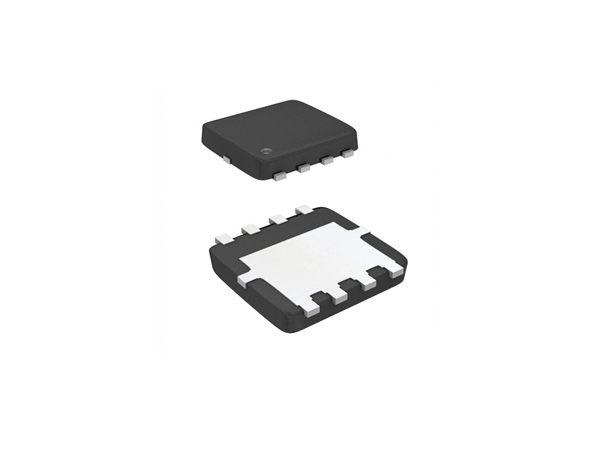Electronic development boards are the playgrounds for enthusiasts and professionals alike, hosting a variety of components that allow us to prototype and test our ideas. But what happens when these components suffer damage? Let's explore the performance of various electronic components post-damage on a development board.
1. Resistors
Resistors are crucial in controlling current flow within circuits. When damaged, their resistance value may change or become infinite if they burn out entirely. This could lead to an imbalance in the circuit, causing other elements to malfunction due to incorrect current flow or voltage levels.

2. Capacitors
Capacitors store and release electrical energy in circuits. A damaged capacitor might leak its stored charge or fail to hold a charge altogether, disrupting the timing mechanisms or filtering capabilities it was providing in the circuit.
3. Diodes
Diodes allow current flow in one direction only; if damaged, they might either stop conducting electricity entirely or start allowing bidirectional current flow—potentially leading to short-circuits or damaging other sensitive components.
4. Transistors
Transistors act as amplifiers or switches; when damaged, they can lose their ability to control current flow properly, leading to issues like signal distortion, improper switching behavior, overheating and even failure of entire sections of a circuit depending on their role.
5. Integrated Circuits (ICs)
ICs are complex units performing various functions from simple logic operations to advanced microprocessing tasks; damage can result in partial malfunctioning—creating erratic behavior—or complete failure—rendering them useless and potentially affecting all downstream elements dependent on their output.
6. Connectors & Sockets
Damage here might seem trivial but can lead to intermittent connections causing inconsistent performance—a nightmare for troubleshooting—or worse still total disconnection rendering attached devices non-operational.
Conclusion
Damage to any component on a development board can have far-reaching consequences—from minor disruptions to catastrophic failures—that affect overall system performance significantly.
Understanding how each component behaves post-damage is essential not only for effective troubleshooting but also for designing robust systems capable of withstanding real-world challenges!

